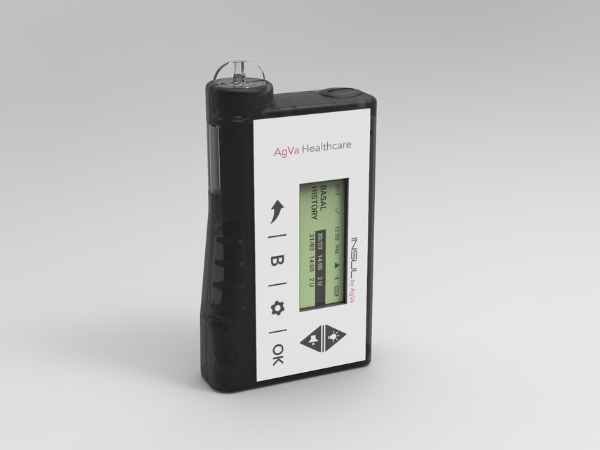Air pollution makes up some of the largest environmental issues with which mankind has ever come face to face. It affects everybody, where he stays. It diffuses through polluting elements in various ways of which the source eventually will have damaging effects on health, economy, and the planet all together. In cities like Delhi, this condition affects even more severely. This is because of that thick smog, which persists, over every winter, and holds within, the most serious health hazards such as difficulty in breathing, asthmatic conditions, and heart diseases in addition to being environmental through quality air, crops, and every wild animal.
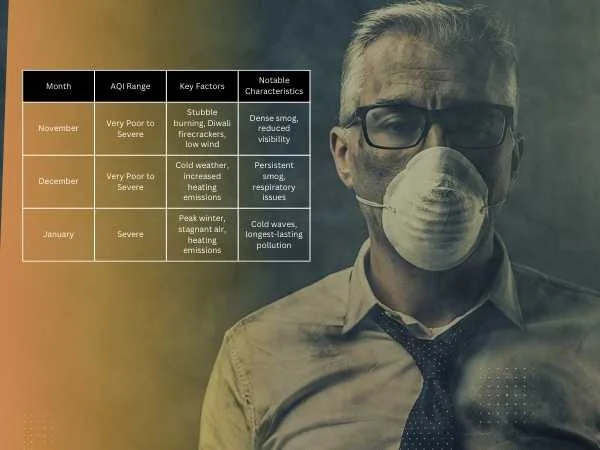
So, now what exactly causes air pollution? And what impact it has in our lives? This article will reflect light on such questions, with special emphasis on pollution problems in Delhi. At the same time, we will tackle the cause of this increasing issue, damage imposes to the man and the environment, and what all can be done to counter this problem.
According to a recent report by WHO[1], approximately 7 million deaths occur annually due to air pollution. Air pollution causes about 1.24 million deaths as per the studies of the Ministry of Environment, Forest and Climate Change in India. That’s how badly the situation has worsened at present, and this is one of the grave reasons to make us wake up for action toward the well-being of all concerning improvement in air quality.
What Causes Air Pollution?
Let us now understand what causes air pollution? There are two main air pollution causes that affect the air pollution, namely natural causes and human-made (or anthropogenic) causes. Let us simplify both. Natural Sources of Air Pollution: Some of the air pollution is from nature, for example, fires usually pour lots of smoke and small particulate matters into the air, making breathing more difficult. A volcanic eruption releases ash and gases right into the air and then spreads into the area around. Dust storms and pollen in some seasons are also counted among air pollution, especially in arid areas.
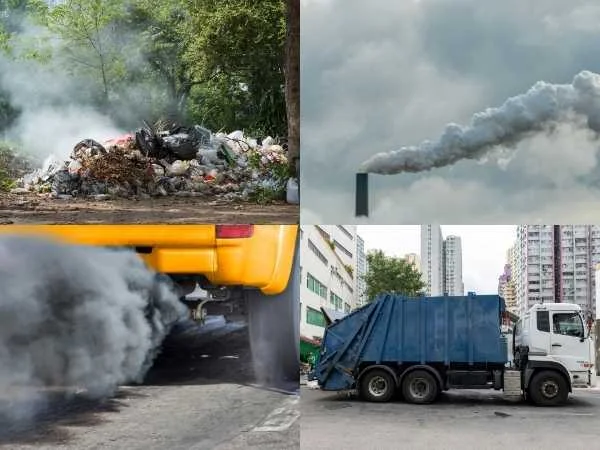
Natural sources
Natural sources But these natural sources, notable as they may be, are not so much what we regard as the greatest problem. It is our self-generated pollution that really makes the air unhealthy. Human-Caused Sources of Air Pollution-the greatest pollution is caused by what we do in our everyday life. Such is evidenced by the polluted air resulting from the smoke of exhaust pipes from cars, trucks, and buses, which do not spew out harmful gases like carbon monoxide (CO) and nitrogen oxides (NOx) into the atmosphere. For instance, during recent surveys, pollution coming from the transport sector constituted 40% of the total pollution in major metropolitan cities like Delhi.
Human-Made Sources of Air Pollution
Human-Made Sources of Air Pollution But then there is oil and factories. Factories and power plants burn fossil fuels as coal, oil, and gas to generate energy, for which they exhaust sulfur dioxide (SO2) and particulate matter (PM2.5) hazardous to our lungs. These industrial works contribute about 30%[2] of the air pollution in some cities such as Delhi. It further affects people who do not live in nearby districts but rather in distant cities, with polluted air being spread throughout the atmosphere.
Construction sites, waste burning, and even the burning of crops are common activities that emit pollutants into the environment. Thick construction dust makes the air feel hard to breathe, while burning of garbage or crop residue releases smoke and harmful particles into the atmosphere. All these human-made activities add up to create a big problem, especially in cities where air quality is already poor.
Air Pollutants and Their Types

Highly dangerous air pollutants are composed of particulate matters (PM2.5), nitrogen oxides (NOx), sulfur dioxide (SO2), and carbon monoxide (CO). Particulate matter (PM2.5) which is really fine particles, penetrates the entire human lungs and can cause serious health problems such as asthma, bronchitis, and lung cancer. The nitrogen oxides are derived primarily from motor vehicle emissions and industrial processes. They will generally combine with several other chemicals in the atmosphere to bring about the formation of smog that with time becomes an impediment to breathing and irritation of eyes. Sulfur dioxide comes about when burning coal and oil and would mix with moisture in the atmosphere, forming acid rain that damages plants, animals, and buildings. Carbon monoxide is a colorless and odorless poisonous gas mostly produced by the automobile industry and can be very fatal in extremely high concentrations.
Air pollution causes
are many, such as natural phenomena and human activities, and thus by knowing what causes pollution, we get to understand that. When viewed in cities like Delhi, however, one sees that primarily human activities have great local importance in the case of any such pollution. The intense pollution that surrounds all people in relation to cars, industries, and other activities releasing harmful chemicals into the air is just so prevalent today. We need to be much more aware of the ways in which we are causing this and what we can do to reduce it.
Air Pollution in Delhi: A Crisis in the Capital

Delhi is the capital of India and houses over 32 million souls. But the sheen of this city struggles for breath each winter. The air turns smell of smoke and dust, making it a toxic mixture in the lungs of this city that turns Delhi into one of the most polluted cities on earth. Now let’s discuss the Delhi air pollution causes and what makes the situation so bad.
How Bad Is the Air in Delhi?
You wake up to a morning where the air smells smoky, your eyes sting, and your every breath feels heavy. That’s winter in Delhi for millions of people. The suspension of PM2.5, minute pollution particles that can get deep into your lungs, is usually about over 300 µg/m³ during that season. To give some perspective this is, over 15 times above the limit considered safe by the World Health Organization, just 25 µg/m³[3] . Thus, breathing while in winter air becomes unhealthy for the population of Delhi.
What Pollutes the Air in Delhi?

Traffic Pollution: Road traffic of Delhi is filled with cars, buses, and trucks. Cars alone contribute to all types of pollution by emitting harmful toxic gases such as carbon monoxide and nitrogen oxides. Among these, older diesel vehicles are more dangerous than others. It is recorded that near about 40%[4] of the air pollution emanates from vehicles, according to studies. Extreme conditions of traffic congestion do not provide respite, as idling cars spew even more relatively harmful emissions.
Construction Dust: As you turn your head in Delhi, you will see work in progress for new buildings, metro-line extensions, flyovers, bridges, and so on. This development is undoubtedly great, but it also has its costs. Dust is the major thing generated from construction sites that drifts into the air and becomes airborne millions of tons. This is one kind of nuisance that could be hazardous, as fine dust particles might go into our lungs and further cause breathing problems-especially worsened conditions for the already polluted air of Delhi.
Stubble Burning: Farmers burn the leftover parali every winter in their fields. It is the cheapest and fastest method for clearing land; however, it doesn’t remain there but blesses Delhi as a gift from Punjab and Haryana with extra pollution. In fact, stubble burning contributes to almost 40% of Delhi’s pollution in winter.
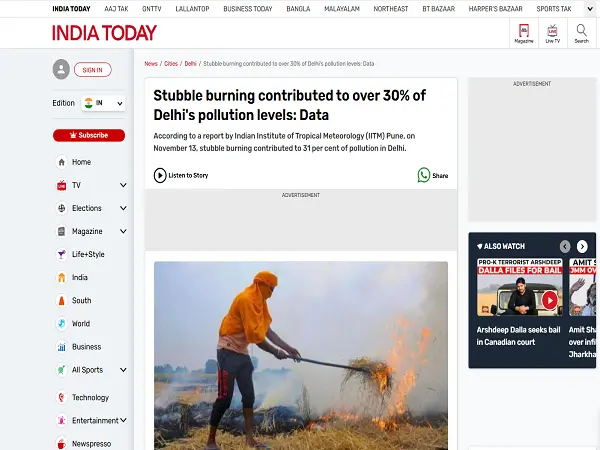
Industrial Smoke: Delhi is not a city of houses and offices only. It is surrounded by factories using coal and other fuels as raw material for producing power and through other means. These industries eject dangerous chemicals into the air like sulfur dioxide and carbon monoxide along with other chemicals, directly into the air. Weak regulations and poor enforcement have added to conditions that leave them unchecked in this matter.
Also Read: Air Pollution Management and Natural Environment Awareness
The Season of Winter in Pollution-The Role.
Delhi Winter: Not Cold, But Pollution Traps it. Usually, warm air rises with the pollutants associated with it, but, in winter, between the lower cool air and a layer of warm air, pollutants prepare to get trapped close to the earth to make a thick smog over here. This is why winter seems the worst time of the year for air in Delhi. It’s frankly a personal issue for Delhiites and not just an environmental one. Parents will be concerned that their kids are breathing this. Old people complain of respiratory problems. Sometimes schools are shut because of air, which is judged too hazardous to breathe in. Little bit of walking or even some play outside becomes a health risk.
What needs to be done?
But that’s easy actually to be hopeless; it has solutions. Reducing traffic pollution through electric vehicle promotion, public transport improvement, and carpooling were some solutions. Dust control at construction sites would be audited. Alternatives to stubble burning would be found for farmers such as machines, assisted by government in discharging fields. And the most stringent pollution rules should be forced upon industries. The Lancet, Global Burden of Disease Study, found that breathing polluted air for long periods reduces life expectancy by 4.4 years.[5]
Delhi’s air pollution does not remain confined solely to Delhi, but sounds an alarm for all of us. It needs to be carried forward for action—not just for Delhi or, for that matter, any other city suffering from dirty air. Everyone deserves to breathe clean air.
How Can We Solve Delhi’s Air Pollution Crisis?
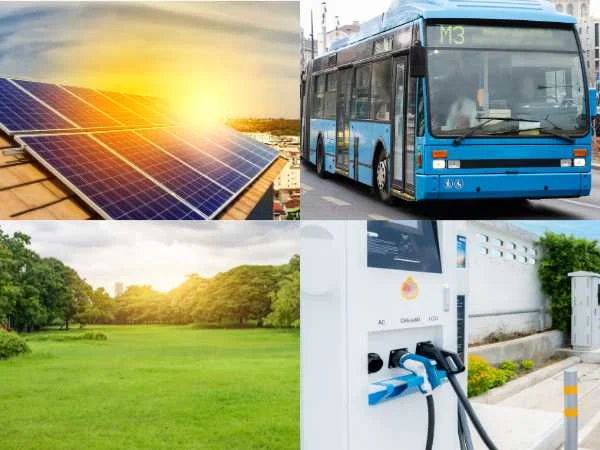
The air pollution problem in Delhi is something which concerns one and all. It makes breathing difficult, has repercussions on health, and eventually shortens the lives of those affected. However, there are good solutions to such problems. None of us are helpless against this menace. It can be fought by the government, industries, and common citizens-all doing their part. Let’s look at what is being done in this regard and how one might contribute.
Measures Taken by the Government:
Initiatives toward reducing air pollution in recent times include:
Graded Response Action Plan (GRAP)
The GRAP works like a traffic signal for pollution-it responds to the air quality. If pollution is very high, construction work might stop, factories might close, and trucks might be monumented from entering Delhi. It’s working too! PM2.5 readings after GRAP began fell by 25% in some locations. (https://www.businesstoday.in/india/story/delhi-pollution-aqi-slips-down-to-severe-after-a-temporary-very-poor-relief-city-records-421-aqi-454780-2024-11-23)[6]
Odd-Even Mystery for Cars
To limit the contribution of vehicular pollution in the great city of Delhi, it laid down the odd-even system of using vehicles. That is, odd-number vehicles will go out on one day and even-number vehicles will go out on another day during times of high pollution. This small step helped in cutting down vehicle emissions to nearly 39% when it was in action.
On better fuel standards
New cars in Delhi are required to adhere to strict BS-VI fuel standards, which means they emit less harmful gas than older models. Indeed, new vehicles are now made even smarter than the newest phones.
Conclusion,
Air pollution is certainly not an act that only the masses read about: rather, it is a daily reality witnessed and suffered by everyone, from health problems to the harm it does to plants and animals. For all people, especially in Delhi, the effects of pollution are a stark reality. Causes and solutions for Delhi air pollution show that while the problems are massive, the solutions are not beyond reach. Policies, cleaner forms of energy, and little things like carpooling or cutting down waste can already make a difference. Move on. Let’s come together-government and industries as well as individuals-and create a cleaner, healthier future for all.
References
We value truthful content. 6 sources were referenced during research to write this content.
- Air pollution. (n.d.). Air pollution. Retrieved from https://www.who.int/westernpacific/health-topics/air-pollution
- (n.d.). CPCB | Central Pollution Control Board. Retrieved from https://cpcb.nic.in/
- Cogliano, V. J., Grosse, Y., Baan, R. A., Straif, K., Secretan, M. B., Ghissassi, F. E., & the Working Group for Volume 88. (2005, September). Meeting Report: Summary of IARC Monographs on Formaldehyde, 2-Butoxyethanol, and 1- tert -Butoxy-2-Propanol. Environmental Health Perspectives. Environmental Health Perspectives. http://doi.org/10.1289/ehp.7542
- (n.d.). ScienceDirect. Retrieved from https://www.sciencedirect.com/science/article/abs/pii/S0048969713001290
- (n.d.). Retrieved from https://academic.oup.com/cardiovascres/article/116/11/1910/5770885
- (n.d.). Delhi pollution: AQI slips down to 'severe' after a temporary 'very poor' relief, city records 421 AQI - BusinessToday. Retrieved from https://www.businesstoday.in/india/story/delhi-pollution-aqi-slips-down-to-severe-after-a-temporary-very-poor-relief-city-records-421-aqi-454780-2024-11-23
